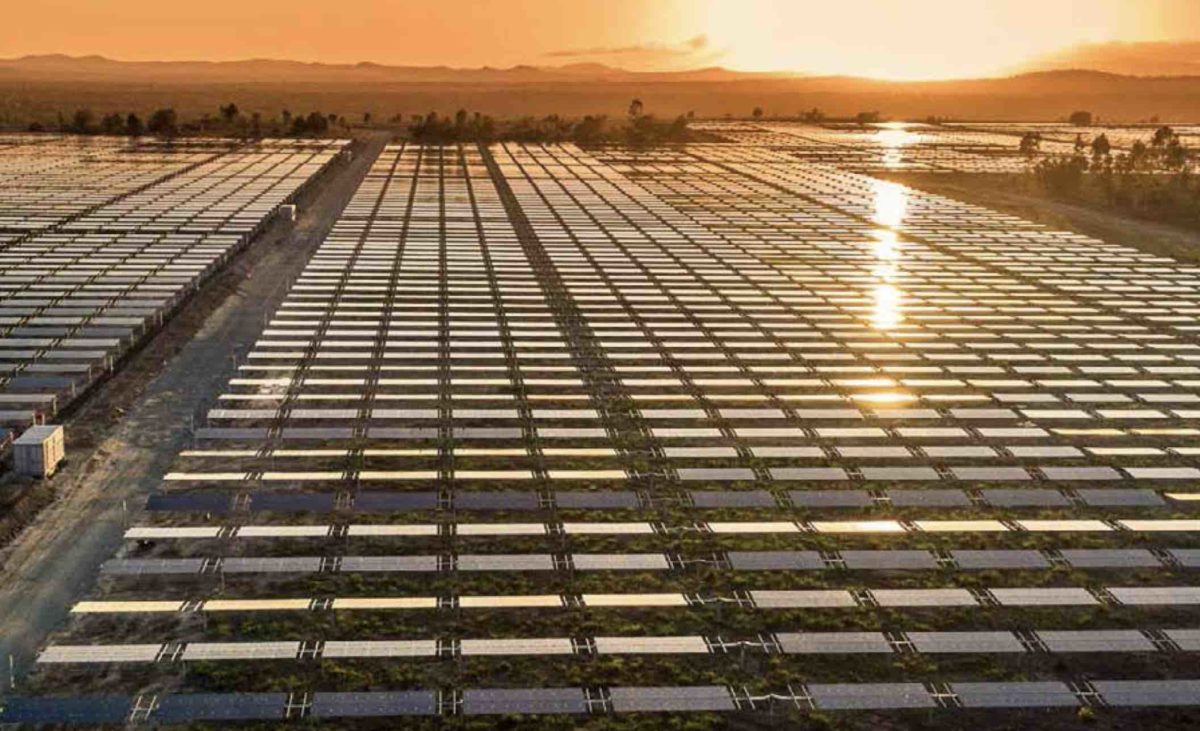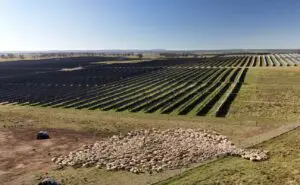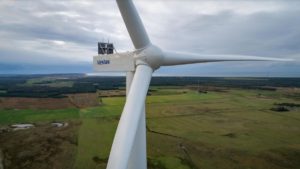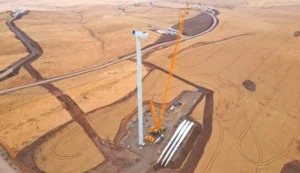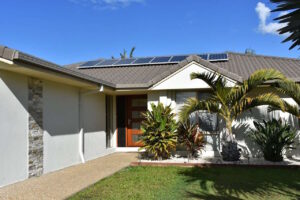The renewable energy records season has arrived early this year, with records tumbling twice in the past week in Queensland, driven by a boost in solar output and the unseasonably warm weather.
Spring is often the season for renewable output and generation share records to tumble because of the good solar and wind conditions, and because the mild temperatures translate to moderate demand.
The new records might not be as spectacular this year in terms of large scale wind and solar, because not a heck of a lot has been added to the market in the past 12 months.
But rooftop solar has maintained its spectacular growth, and that’s where the season’s first records have tumbled, and where further records may fall in the coming week as a winter heat wave sweeps most of the country.
On Sunday rooftop solar – for the first time – provided more than 50 per cent (51.9 per cent) of instantaneous generation in Queensland for the first time, and sent operational demand in the country’s most coal dependent state to new record lows.
This was later confirmed by the Australian Energy Market Operator, although the numbers were slightly different because AEMO uses 30-minute date, while analysts such as GPE NEMLog focus on 5-minute trading data.
On Thursday, more records fell in Queensland – this time for the total share of variable renewable energy, which includes large scale solar and wind. According to GPE’s Geoff Eldridge, the VRE share hit a record 72.1 per cent at 12.35 pm on Thursday, ahead of the previous record set last November.

Eldridge says it is notable that the new record came three months earlier than the previous benchmark, and it is largely driven by the growth in rooftop solar, which accounted for the bulk of output at the time – 3,781 MW, with a further 1,926 MW coming from the state’s 33 large scale solar projects and just 188 MW from its six wind farms.
A couple of other things to note about this was the “residual demand”, which Eldridge describes as total Demand minus wind and solar, which fell to just 1.676 MW. In a state with 8,100 MW of coal capacity, this is significant.
Queensland was able to export nearly 1,300 MW of capacity south to NSW, so there was still more than 3.4 GW of coal generation at the time of the record, and for much of the day, but that is running at well less than half capacity.
There was nearly 500 MW of “curtailment”, mostly economic because the wholesale price was minus $39/MWh, and minus $44/MWh in NSW as the coal generators that did not want to switch off bid negative prices to keep running.

